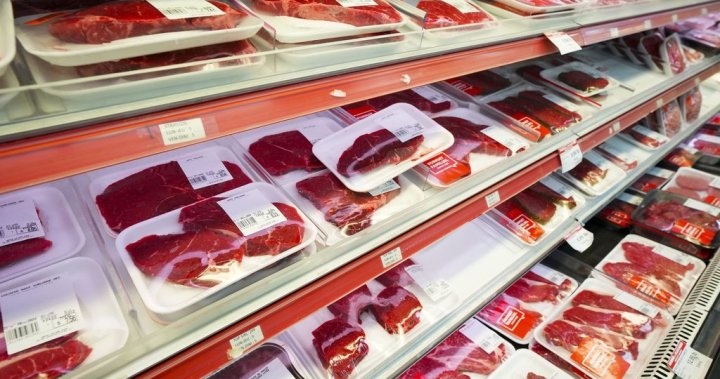As Parliament reconvenes following its summer break, an emerging battle over federal meat inspection standards threatens to pit provincial autonomy against national export interests. Bill C-5, introduced by the Liberal government as part of its broader economic agenda, has sparked significant concern among industry watchdogs who warn that provincial standards may undermine Canada’s carefully cultivated international reputation for food safety excellence.
The proposed legislation aims to harmonize interprovincial trade by recognizing goods that meet standards in one province as acceptable in all others. While this approach ostensibly promotes economic efficiency, meat industry experts have raised alarm bells about potentially devastating consequences for Canada’s $8.5 billion meat export sector.
“This isn’t simply about regulatory differences—it’s about maintaining the gold standard that has made Canadian meat products trusted worldwide,” explains Dr. Sylvia Hernandez, former senior advisor to the Canadian Food Inspection Agency. “Once we begin accepting varying provincial standards for interprovincial trade, we create a regulatory environment that could seriously compromise our standing with international trade partners.”
The technical details of Bill C-5 have created unusual political alignments. Conservative MPs from rural ridings with significant agricultural constituents have found themselves aligned with food safety advocates typically associated with progressive causes. This uncommon alliance underscores the complexity of the issue that transcends traditional partisan divisions.
According to industry analysis obtained by CO24 Business, approximately 70% of Canadian meat products are exported to markets with exceptionally stringent import requirements. The United States, Japan, and the European Union—Canada’s largest trading partners—have made it clear that any perceived weakening of national standards could trigger immediate import restrictions.
“The federal standard exists because our international customers demand it,” notes Martin Lavoie, president of the Canadian Meat Council. “Creating different tiers of safety standards within our borders jeopardizes decades of work building trust with global partners.”
The government defends the legislation as addressing longstanding interprovincial trade barriers that have hampered economic growth. Industry Minister François-Philippe Champagne has emphasized that the bill would strengthen Canada’s economy while preserving essential safety protocols.
“We’ve carefully designed this legislation to balance economic opportunities with our unwavering commitment to food safety,” Champagne stated during question period last week. “There will be no compromise on the standards that have made Canadian products respected worldwide.”
However, critics point to specific technical gaps in the legislation. Currently, federally inspected facilities must meet comprehensive standards covering everything from animal welfare practices to detailed documentation of processing procedures. Provincial standards, while generally robust, vary significantly in areas like traceability requirements and testing protocols.
The Canadian Food Inspection Agency employs over 720 veterinarians and inspectors dedicated to meat facilities alone, representing a substantial federal investment in maintaining export certification. This system has successfully weathered international scrutiny, including during crisis periods like the 2003 BSE (bovine spongiform encephalopathy) outbreak that devastated cattle exports.
Prominent agricultural economists have weighed in on the debate, with many suggesting that the potential economic losses from even temporary export restrictions would dwarf any gains from reducing interprovincial trade barriers. Dr. Eleanor Campbell from the University of Saskatchewan’s Agricultural Economics Department estimates that a three-month partial export restriction could cost the industry upwards of $1.2 billion.
“When we look at the risk-benefit analysis, this approach seems fundamentally flawed,” Campbell explains. “The marginal gains in interprovincial efficiency simply don’t justify risking access to markets that account for over two-thirds of the industry’s revenue.”
As the bill moves through parliamentary committees, industry representatives are lobbying for exemptions specific to meat products. Their proposed amendments would maintain the current federal inspection requirements for all meat products, regardless of whether they’re destined for interprovincial or international markets.
The controversy highlights the delicate balance between economic efficiency and maintaining the rigorous standards that have positioned Canadian products favorably in competitive global markets. As Parliament debates this legislation in the coming weeks, the fundamental question remains: can Canada modernize its internal trade framework without compromising the integrity of systems that have served its export industries so well?










